Out Now
The Mental Health Issue
Current Issue
The Mental Health Issue
AUG - SEPT 2025

Your guide to encouraging healthy mindsets in the workplace.
Throughout the year, businesses may experience a myriad of ups and downs, which can bring about and amplify mental health challenges in the workplace. For contractors, managing these risks is crucial to maintaining a healthy work environment. Understanding psychosocial hazards is key – factors related to work design, environment, workplace interactions, and behaviours that can cause psychological and physical harm.
Different seasons and business changes over the course of the year can bring unique challenges that can significantly impact employees’ mental health. Financial pressures, family dynamics, and increased workloads combine to create a stressful environment. Recognising these factors is essential for employers to provide the necessary support.
Proactively supporting mental health for workers can help with the stressful hustle and bustle of the year. Creating a workplace culture that prioritises mental well-being can significantly reduce stress and improve overall morale. This support is not just beneficial for employees; it also contributes to a more productive and positive work environment.
By implementing these strategies, employers can create a supportive atmosphere that acknowledges and addresses the mental health challenges. This approach not only helps employees cope with seasonal stressors but also demonstrates a commitment to their overall well-being, fostering a stronger, more resilient workforce.
Encouraging employees to take active steps to manage their mental health is paramount. Understanding personal limits, seeking support, and maintaining healthy habits are key to navigating a potentially stressful year.
Adopting these coping strategies can significantly support an employee’s ability to manage stress during the year. By setting realistic expectations, seeking support when needed, and maintaining healthy habits, employees can better navigate challenges leading to less stress.
Understanding and implementing Workplace Health and Safety (WHS) laws is crucial for effectively managing psychosocial hazards in the workplace, especially during the high-pressure seasons. These laws require employers to proactively identify and address factors that could lead to psychological or physical harm. For contractors, this means creating a work environment that not only focuses on physical safety but also on mental well-being. The WHS regulations focus on the importance of eliminating or minimising these risks as much as is reasonably practicable. This involves a thorough assessment of potential hazards and the implementation of effective control measures.
The process of managing psychosocial risks under WHS laws involves three key steps:
Both employers and employees play vital roles in fostering a supportive environment. By understanding the challenges, implementing supportive practices, and adopting personal coping strategies, the business year can be navigated more smoothly, ensuring that it remains a time of professional growth rather than a source of added stress.
Keep up to date with our latest news and competitions by subscribing to our regular newsletter.

Issue 183
OCT - NOV 2024
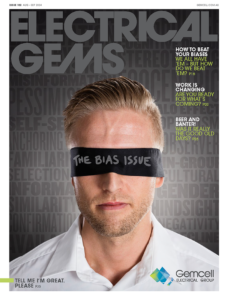
Issue 182
AUG - SEPT 2024
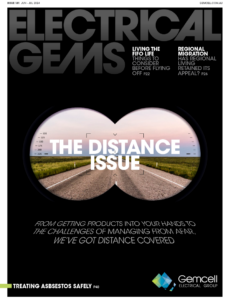
Issue 181
JUN - JUL 2024

Issue 180
APR - MAY 2024
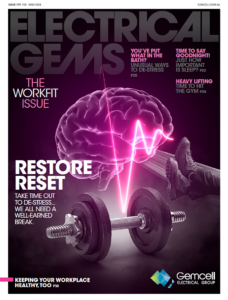
Issue 179
FEB - MARCH 2024
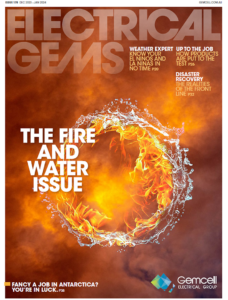
Issue 178
DEC 2023 - JAN 2024
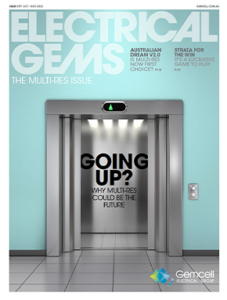
Issue 177
OCT - NOV 2023
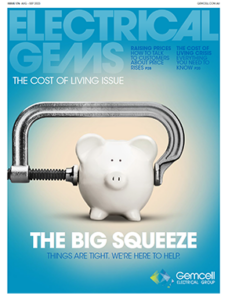
Issue 176
AUG - SEPT 2023

Issue 175
JUN - JUL 2023

Issue 174
APR - MAY 2023

Issue 173
FEB - MAR 2023

Issue 172
DEC 2022 - JAN 2023
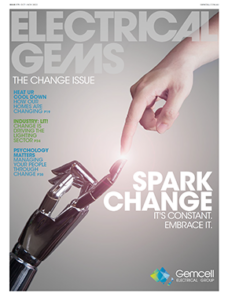
Issue 171
OCT - NOV 2022

Issue 170
AUG - SEPT 2022

Issue 169
JUN - JUL 2022
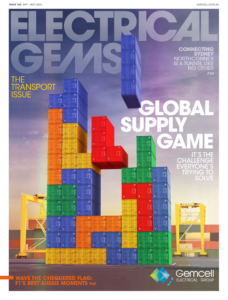
Issue 168
APR - MAY 2022

Issue 167
FEB - MAR 2022
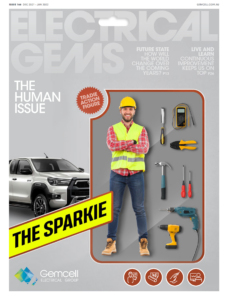
Issue 166
DEC 2021 - JAN 2022
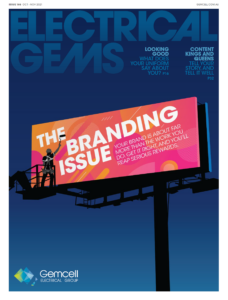
Issue 165
OCT - NOV 2021
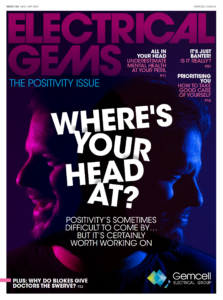
Issue 164
AUG - SEPT 2021
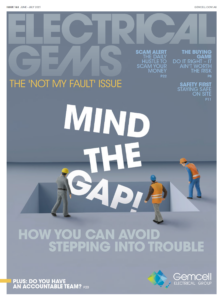
Issue 163
JUN - JUL 2021
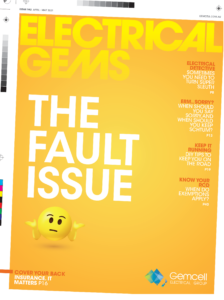
Issue 162
APR - MAY 2021

Issue 161
FEB - MAR 2021

Issue 160
DEC 2020 - JAN 2021
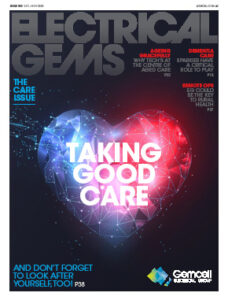
Issue 159
OCT - NOV 2020

Issue 158
AUG - SEPT 2020

Issue 157
JUN - JUL 2022

Issue 156
APR - MAY 2020

Issue 155
FEB - MAR 2020

Issue 154
DEC 2019 - JAN 2020
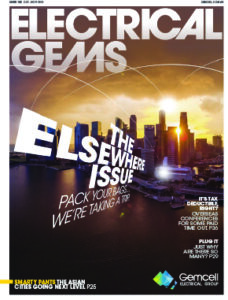
Issue 153
OCT - NOV 2019
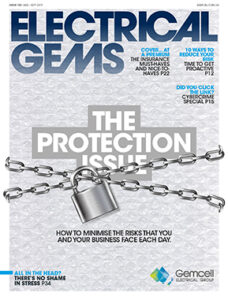
Issue 152
AUG - SEPT 2019
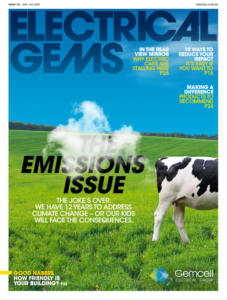
Issue 151
JUN - JUL 2019
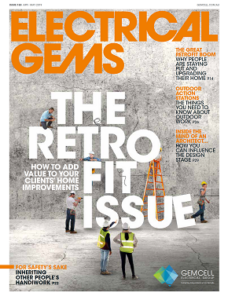
Issue 150
APR - MAY 2019

Issue 149
FEB - MAR 2019
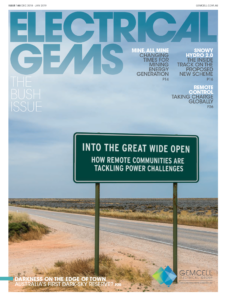
Issue 148
DEC 2018 - JAN 2019

Issue 147
OCT - NOV 2018

Issue 146
AUG - SEPT 2018

Issue 145
JUN - JUL 2018

Issue 144
APR - MAY 2018
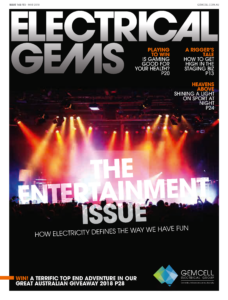
Issue 143
FEB - MAR 2018
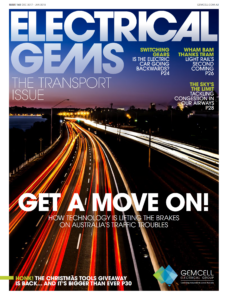
Issue 142
DEC 2016 - JAN 2017
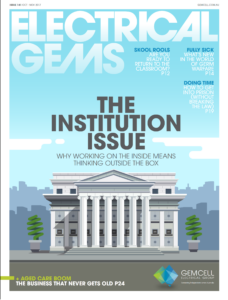
Issue 141
OCT- NOV 2017

Issue 140
AUG - SEPT 2017
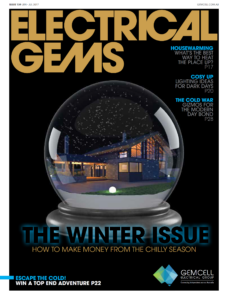
Issue 139
JUN - JUL 2017
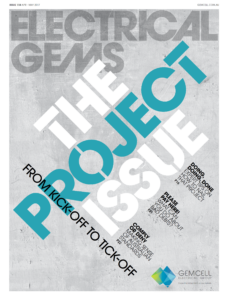
Issue 138
APR - MAY 2017

Issue 137
FEB - MAR 2017

Issue 136
DEC 2016 - JAN 2017

Issue 135
OCT - NOV 2017
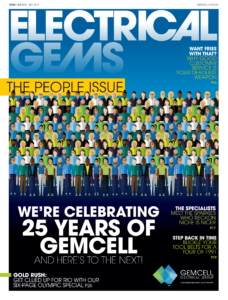
Issue 134
AUG - SEPT 2016

Issue 133
JUN - JUL 2016
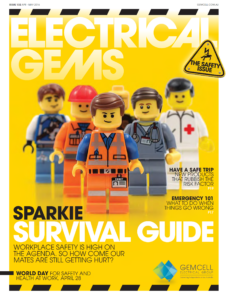
Issue 132
APR - MAY 2016
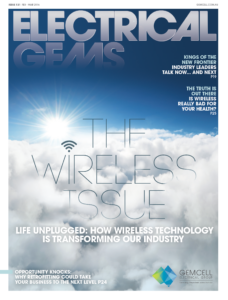
Issue 131
FEB - MAR 2016

Issue 130
DEC 2015 - JAN 2016
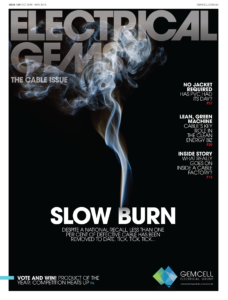
Issue 129
OCT - NOV 2015

Issue 128
AUG - SEPT 2015

Issue 127
JUN - JUL 2015

Issue 125
APR - MAY 2015

Issue 125
FEB - MAR 2015

Issue 124
DEC 2014 - JAN 2015

Issue 123
OCT - NOV 2014
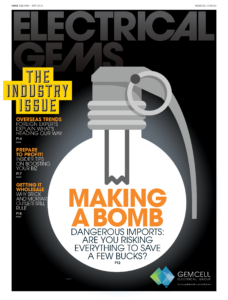
Issue 122
AUG - SEPT 2014

Issue 121
JUN - JUL 2014

Issue 120
APR - MAY 2014

Issue 119
FEB - MAR 2014

Issue 118
DEC 2013 - JAN 2014
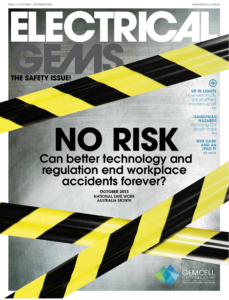
Issue 117
OCT - NOV 2013

Issue 116
AUG - SEPT 2013

Comments (0)
Write a Comment